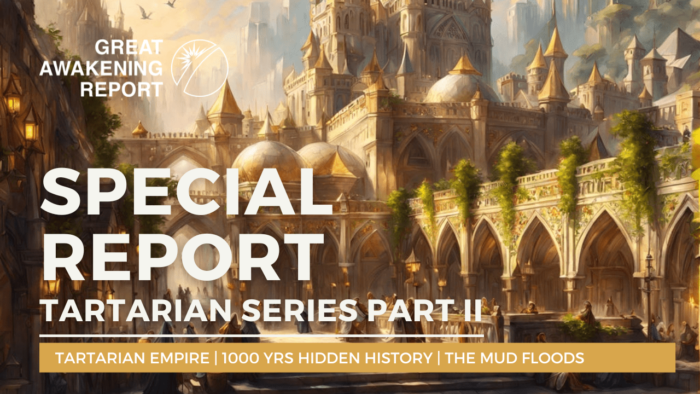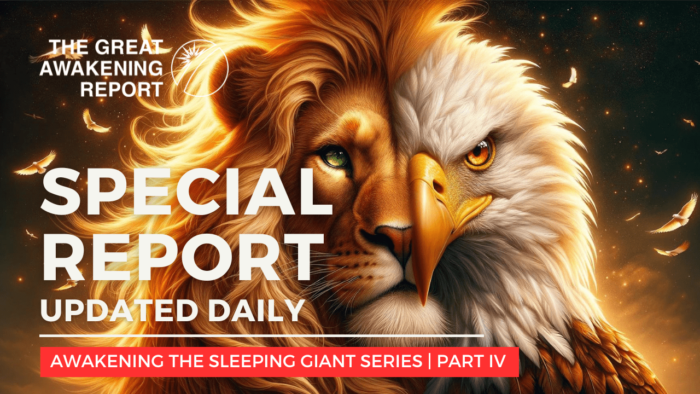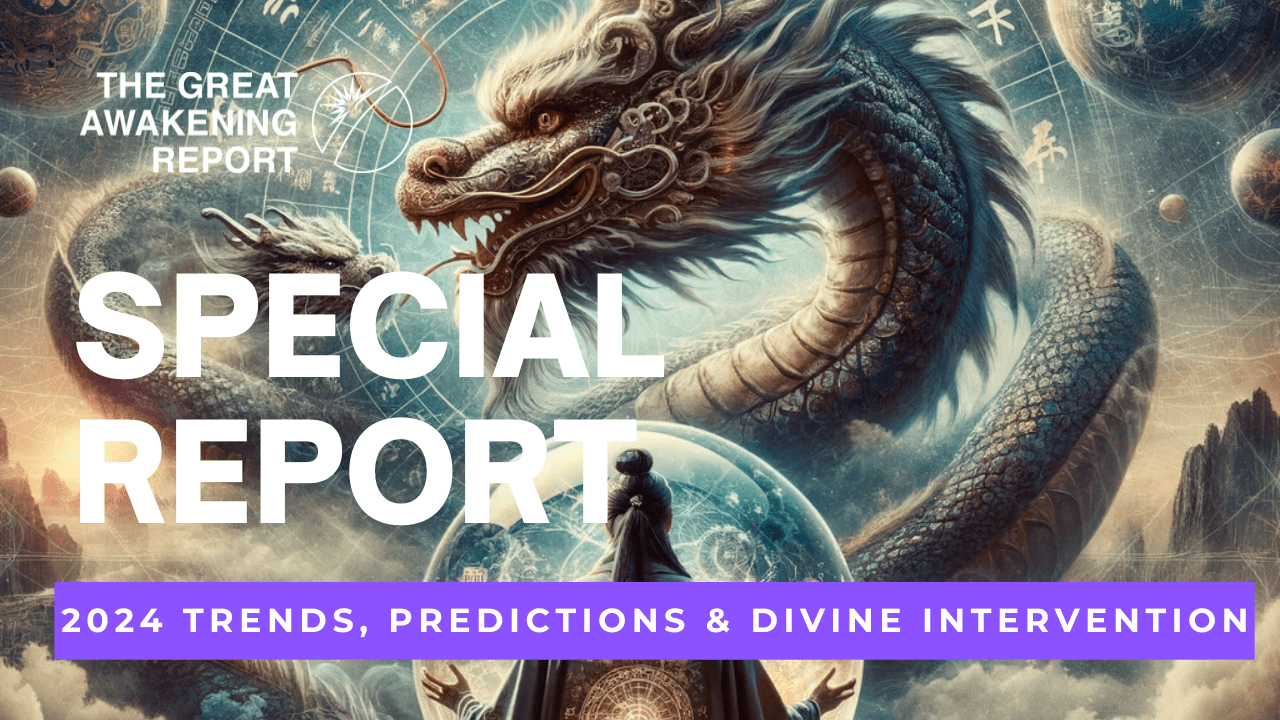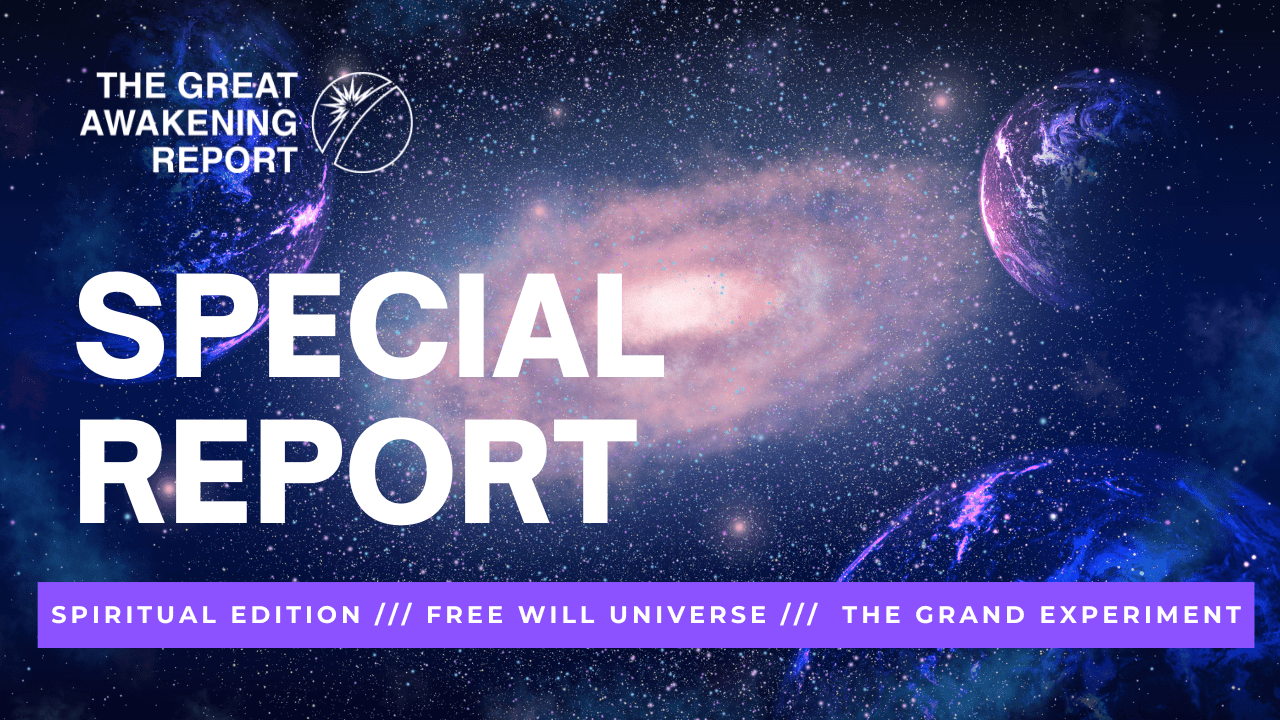In the Northern Hemisphere, March marks the coming of Spring though the Winter chill still hangs in the air.
Within our beings, the proverbial ice and snowmelt, as if mimicking the cycles of nature, we may find the rising of many things, long-buried desires, dreams, dreads, or simply a renewed sense of vitality.
We approach the 2-year mark of the “global health crisis,” and we have had a reasonable view into several aspects of humanity – fear, pressure, greed, and control have lived alongside healing, awakening, truth, and courage – in stark ways.
Being Human is rather unique – that so many things can live at once within and around us. With so many confusing feelings and thoughts competing for brain space, we sometimes forget that we create ideas and beliefs that colour our view of the world. In other words, we become limited in our approach and experience of life, especially if we have tended towards habits, are stuck in repetitive thoughts or situations, or do not believe that ‘anything can change.’
We often know things, we recognize them, but the thought of even starting to uncouple or change is beyond exhausting. Sometimes, we may get down on ourselves or others, burdened by the never-ending quest of self-actualization that we put ourselves on; this is where the season of Spring brings such incredible medicine with it. We are on our journey with much bustle, vibrance, and life. Possibilities emerge like dandelion buds from cracks in the concrete, cracks made by water expanding to ice.
One of my favourite stories that serve as ‘Unstuck Yourself’ medicine comes from the Puranas, a collection of ancient Hindu texts from the post-Vedic era.
A note for the unfamiliar: Texts and stories such as this are best understood symbolically and are misunderstood when taken literally.
A demon-king had obtained a boon from Brahma (the creator of wants and desires) that he should not be killed by either man or animal, at day or at night, above or below, inside or outside, by neither weapon nor tool. The king wanted to rule with unchallenged power and in the story had some issues with the Gods (despite receiving boons from them). With this boon, he and his armies were unstoppable which caused much instability in the world.
But how does one stop the unstoppable?
This question was brought to Vishnu (the preserver and protector of the world, who had nothing to do with the original boons-giving) to ponder and act upon.
Down on Earth, our demon-king was in his palace about to embark on something nefarious, when, from within a pillar in his palace emerged a strange creature – neither human, nor animal.
This creature (a form of Vishnu) was half man, half lion, with talons for hands. The creature caught hold of the demon-king and dragged him to the threshold of the palace (which was neither inside nor outside a dwelling), and as the sun set (at dusk, which is neither day nor night), picked him up and placed him on his thigh (neither above nor below) and then proceeded claw (neither weapon nor tool) his guts.
The true medicine of this story is not about a deity saving humanity from a bad person, though that is part of it. Instead, it is the trap of binary thinking that leads us to stuck-ness and how we can evolve out of it.
Bramha, in this tale, is an aspect of divinity but is also the creator of wants and desires. The boon granted comes then, from thought or the mental realm.
A repeated theme in Puranic stories is the generally unfavourable outcome of someone who has received blessings or boons that end up only serving themselves, as opposed to serving the larger human collective. That is true in this tale as well, so we get to truly see who our thoughts and blessings truly serve – just us, or can they be service to others as well?
Vishnu’s job is impossibly hard, in my opinion. In many ways, he inherits other people’s problems and has to figure out ways to ‘save humanity from itself’ at times. What makes this aspect of divinity different from others is that he beholds humanity and the Earth in unconditional Love and rarely does anything to satisfy self-desire. This aspect is also ever-accepting, so there is no divine changing of the circumstance, but rather an understanding and engagement with whatever has risen; as a problem rises, so too does the solution.
The creature is called Narasimha, which in Sanskrit means half-man, half-lion. It is born of need, smashing the binary clauses of the boon to pieces. Narasimha is the unexpected aspects of ourselves that come up with creative solutions to seemingly impossible problems. But Narasimha is not born of a thought or idea; the violence of the story conveys the visceral action of the Divine in physical form saving the world from someone who has gone off the rails.
In an extended version of the story, before Vishnu intervenes, many deities and kings try to fight the demon-king in many ways and fail. Given the symbolic nature of this story, I wonder if it is because they are fighting what they believe to be invincible, immortal, and unstoppable. Whereas Vishnu knows the Self, knows humans and the nature of thought and doesn’t seek to change anyone.
Also, about seven years pass between the boon-giving moment and the intervention of Narasimha, so it isn’t a reactionary response.
The Puranas have many tales with bloody ends, but the relevance is symbolic. Like most demons who are killed by an aspect of divinity, a realization of Essential truth comes to the demon. In the moment of their death, they are liberated from Samsara (the cycle of life-death-rebirth) – what is called Moksha.
This is an interesting notion because we often hold onto beliefs that people (or demon-kings) will be punished for their wrong-doings. However, that notion is in itself binary.
Many ancient texts and philosophies of the world – from the Puranas to Native American creation myths have a very different understanding of this which embody the complexities of Being.
I had heard this story when I was young and never thought about it until some years ago when I had come across these two Einstein quotes:
‘We cannot solve our problems with the same thinking we used when we created them’ and
‘When the solution is simple, God is answering.’
I remember reading them, and the image of Narasimha flashed through, and I knew this was something massive and essential for me to integrate into how I relate to “problems” and what words and thoughts I reinforce to mySelf.
Applying Narasimha
Now we sit in the moment, looking at our world, our families, and ourselves, wondering what happens as the world is opening up in more ways than one.
We are all irrevocably changed by these experiences and this time. We have gotten closer to some and pulled apart from others, we have come together and divided, we have been sick and we have become healthy – we have gained much, and we have all also lost; much of which no longer served us. Hopefully, we have realized that there is no idealized normal that we will be returning to.
We are Human and much contrast continues to live within all of us. Our cores have been shaken for many of us, and the ground we now walk upon seems uncertain. Our beliefs and ideas may not be what they were a couple years ago. The confusion, the uncertainty,, if they exist are natural, so is renewed purpose and alignment.
What also lives is the ability to transcend; not by escaping or detaching from what has risen, but by loving it, understanding, and engaging with it, with our expanded creativity, our will, our action, and the all-ness of our Being.
The story of Narasimha reminds us that we are infinite. Not in an un-reachable, eyes-closed, meditative way, though we are also that, in a natural, physical, tangible form – in the blood and sinew of our days.
May you be Sprung in this season, like never before.
DISCLAIMER: All statements, claims, views and opinions that appear anywhere on this site, whether stated as theories or absolute facts, are always presented by The Great Awakening Report (GAR) as unverified—and should be personally fact checked and discerned by you, the reader.Any opinions or statements herein presented are not necessarily promoted, endorsed, or agreed to by GAR, those who work with GAR, or those who read or subscribe to GAR.Any belief or conclusion gleaned from content on this site is solely the responsibility of you the reader to substantiate.Any actions taken by those who read material on this site are solely the responsibility of the acting party.You are encouraged to think for yourself and do your own research.Nothing on this site is meant to be believed without question or personal appraisal.
COPYRIGHT DISCLAIMER: Citation of articles and authors in this report does not imply ownership. Works and images presented here fall under Fair Use Section 107 and are used for commentary on globally significant newsworthy events. Under Section 107 of the Copyright Act 1976, allowance is made for fair use for purposes such as criticism, comment, news reporting, teaching, scholarship, and research.
COMMUNITY GUIDELINES DISCLAIMER: The points of view and purpose of this video is not to bully or harass anybody, but rather share that opinion and thoughts with other like-minded individuals curious about the subject.
[/mepr-show]









